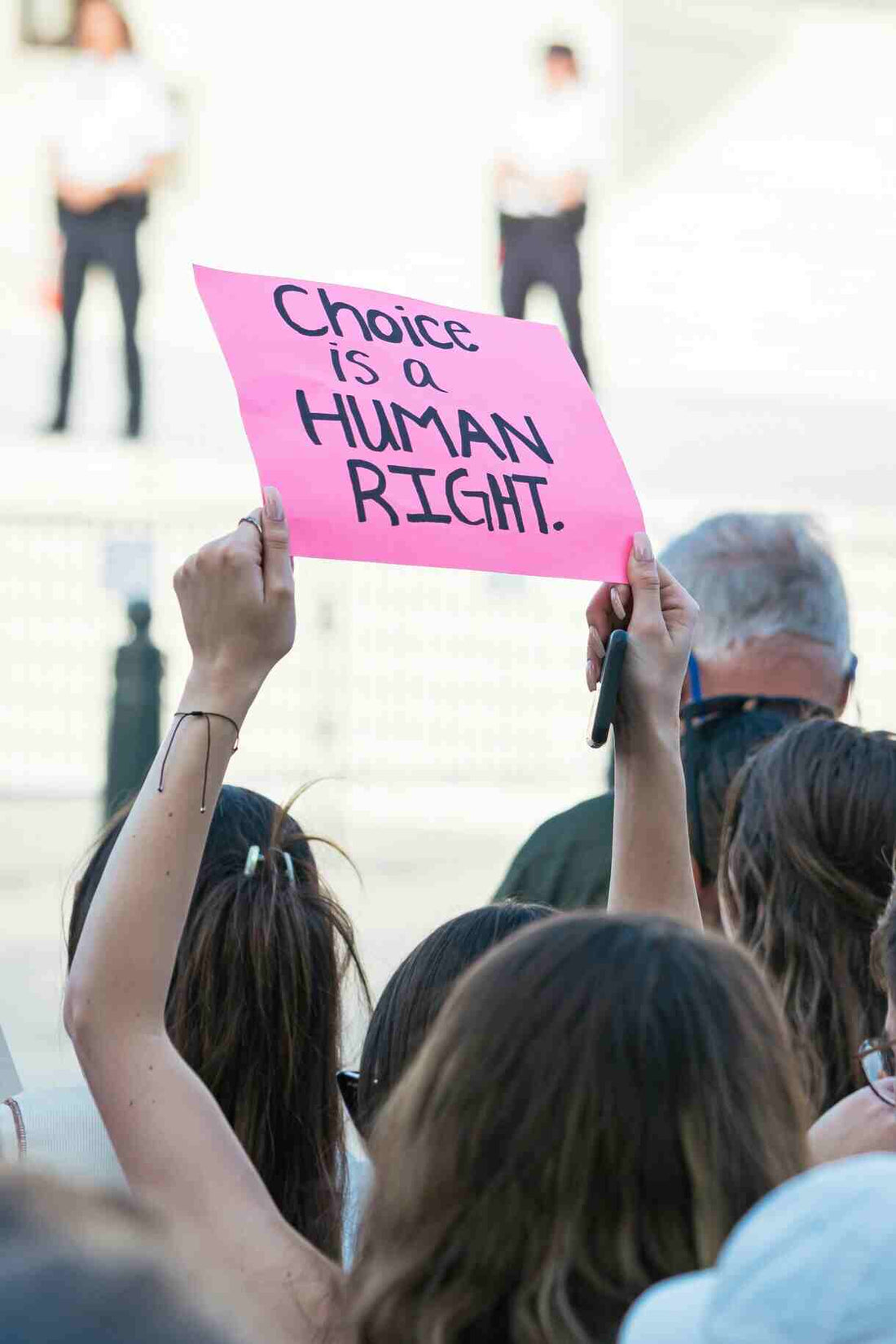
A Journey Through Abortion Rights in the UK: From the Dark Ages to Progress – And Why We Must Protect It
Share
The history of abortion rights in the UK isn’t just a timeline – it’s a story of resilience, struggle, and hard-won victories for women’s autonomy and safety. Here’s a breakdown of where we’ve been, the progress we’ve made, and why it’s crucial to keep these rights intact.
1803 – A Dangerous Start: Death Penalty for Abortion After ‘Quickening’
The Ellenborough Act introduced severe punishments for abortion after "quickening" (when fetal movement is first felt, around 16–20 weeks). It marked abortion as a crime punishable by death. Before this, the consequences were far less harsh, but the new law signaled a harsh turn in control over women’s reproductive choices.
1837 – Criminalizing All Abortions
The amendment to the Ellenborough Act went a step further, removing any difference between abortion before or after quickening. This meant that any abortion attempt was criminalized, putting women’s health and freedom in even greater jeopardy.
1861 – A Lifetime Sentence Under the Offences Against the Person Act
This Act made abortion, or even trying to self-abort, a crime punishable by life in prison. With no exceptions for health or other circumstances, women found themselves in desperate situations – and many turned to backstreet methods that put their lives at risk.
The 1920s–1930s – The Rise of Dangerous Backstreet Abortions
As abortion remained illegal and life-threatening to attempt, many women resorted to back-alley procedures, which were often toxic and deadly. "Cures for menstrual blockages" advertised in newspapers were, in reality, dangerous abortifacients that caused lasting harm. Fifteen percent of maternal deaths were due to unsafe abortions, leaving mothers dead and families heartbroken. Women’s lives were, quite literally, on the line.
1936 – The Abortion Law Reform Association (ALRA) Takes a Stand
Seeing the toll of backstreet abortions, the Abortion Law Reform Association (ALRA) was formed to fight for the legalization of abortion. They rallied for change, finally giving a voice to the countless women who had suffered silently.
1938 – Dr. Alex Bourne’s Landmark Case
Dr. Bourne, a doctor with courage, was tried for performing an abortion on a young gang-rape survivor. He argued that it was necessary for her mental health, and the court agreed, setting a precedent for abortion in extreme cases. But still, most women couldn’t access these exceptions, especially if they lacked money or connections.
1967 – The Game-Changer: The Abortion Act
Finally, a breakthrough! MP David Steel led a campaign to legalize abortion under specific conditions. With the passing of the Abortion Act, women could access safe abortions with the agreement of two doctors if their health was at risk or if the fetus had serious abnormalities. Legal, safe abortion was at last a reality for many.
1990 – The Human Fertilisation and Embryology Act
In response to advancements in medical care, this Act reduced the abortion time limit from 28 weeks to 24 weeks, which is still the standard today. While some wanted to use this Act to restrict abortion, it actually allowed more clarity and established the 24-week mark, which balances viability with women’s access to safe choices.
Why We Can’t Go Back – and What’s at Stake
The UK has come a long way, but keeping these rights isn’t guaranteed. Without access to safe, legal abortion, history has shown us that women turn to dangerous and deadly alternatives. Reproductive rights are not just about choice; they’re about health, safety, and the freedom to control our lives. We’ve fought hard to get here, and it’s vital to stay vigilant, making sure these hard-won freedoms remain protected for future generations.
Let’s keep the progress going – for everyone’s sake.
